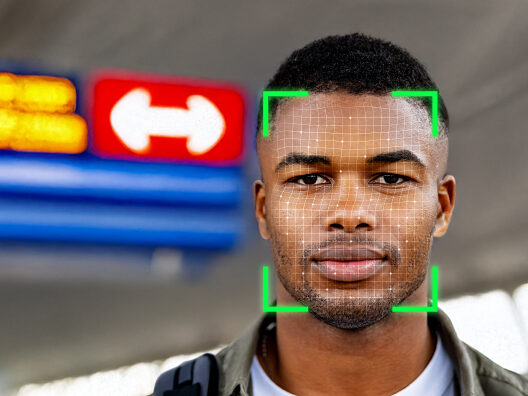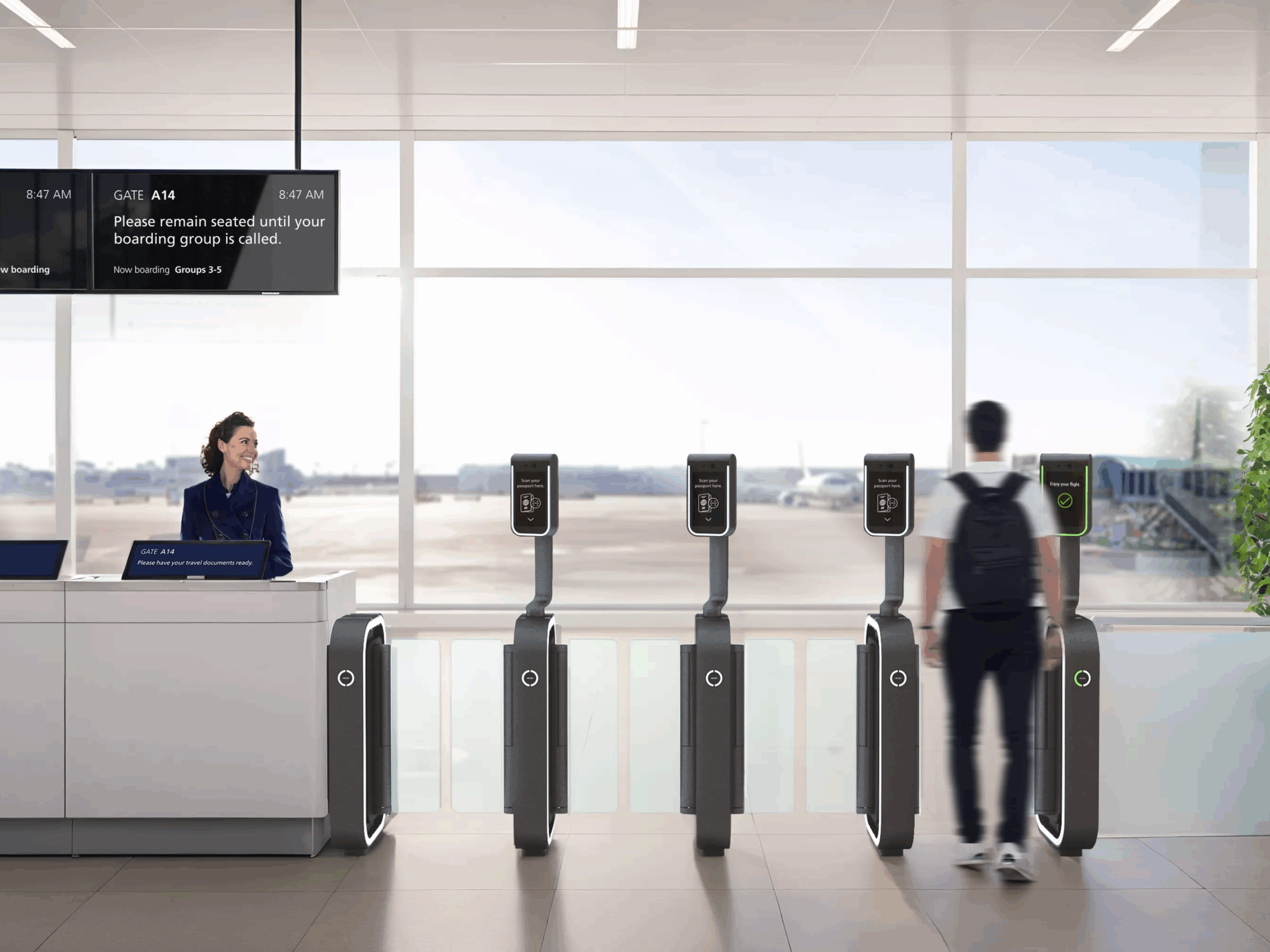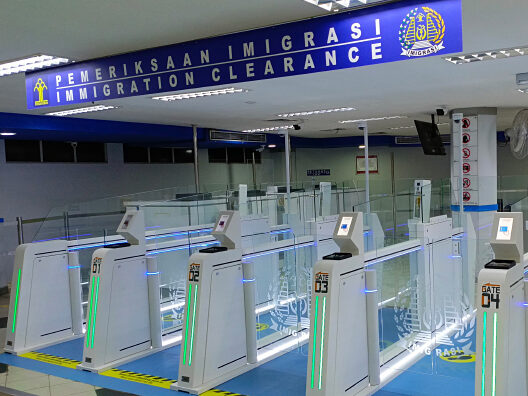The clock is ticking.
Starting October 12, 2025, the European Union will begin rolling out its long-anticipated Entry/Exit System (EES) — a sweeping upgrade to how borders are managed across the 29 Schengen countries. If you’re a non-EU traveler, say goodbye to passport stamps and hello to biometric registration. By April 10, 2026, this system will be fully operational, transforming the way millions move through Europe’s airports.

As for airports? It’s go-time.
Across the continent, terminals are racing to modernize — installing biometric kiosks, retraining staff and rethinking passenger flow. The shift isn’t just about compliance. It’s about reimagining the future of travel.
What Is the EES?
Think of the EES as Europe’s new digital gatekeeper. Instead of manual passport checks, travelers will now be registered using biometric data — including facial images and fingerprints — along with their passport details and travel history. All of this gets stored securely by the EES digital border management system for up to three years.
Here’s what the system captures:
- Biometric data — both facial images and fingerprints
- Passport and travel details
- Entry and exit timestamps
No more ink stamps. Just a seamless, secure digital record.
Who Is Affected?
If you’re a non-EU national visiting Schengen countries for short stays (up to 90 days in any 180-day period), this applies to you. This includes:
- Visa-exempt travellers (e.g., from the U.S., UK, Canada)
- Short-stay visa holders
EU citizens, residents and long-stay visa holders are exempt.
Why It Matters
The EES is more than a compliance mandate — it’s a strategic shift toward smarter, more secure borders. For airports, it’s an opportunity to modernize operations, improve passenger flow and align with the EU’s broader digital transformation goals.
Inside the EES Transition: Challenges Airports Can’t Ignore
1. Infrastructure Upgrades Are Non-Negotiable
Biometric scanners, self-service kiosks, automated gates — they’re no longer optional. Major hubs like Frankfurt and Munich are rolling out upgrades in phases. Regional airports? They’re grappling with tight budgets and limited space.
2. Expect Some Turbulence
First-time non-EU travelers will need to register their biometric data, which could mean longer lines and slower processing. To ease congestion, some countries are adopting gradual rollouts and temporary exemptions for certain travelers.
3. Data Security and Compliance Are Paramount
With sensitive biometric data in play, airports must double down on security, auditing and compliance safeguards. Airports must ensure data handling meets EU regulations and protects travelers’ privacy. The stakes are high — and so is the scrutiny.
4. System Interoperability Is Complex
EES isn’t a standalone system. It needs to sync with platforms like the Schengen Information System (SIS) and national ID registries. Ensuring seamless interoperability across platforms and agencies adds another layer of complexity to implementation.
5. Staff Training and Public Awareness Are Essential
Tech is only half the equation. Border control officers must be trained to manage biometric systems and troubleshoot technical issues. Meanwhile, travelers need clear guidance on what to expect. Communication will be key, especially during the early days of the transition.
Supporting Airports Through the EES Transition
The EES rollout isn’t just a regulatory milestone — it’s a turning point for airport operations. Success hinges on implementing solutions that are fast, secure and minimally disruptive.
HID can help airports navigate this transition with biometric border technologies that are:
- Scalable by design — Adaptable for environments from major international hubs to space-constrained regional terminals
- Infrastructure-friendly — Engineered to integrate seamlessly with existing systems, reducing complexity and accelerating deployment
- Performance-driven — Optimized for speed and accuracy to keep passenger flows smooth and shorter queues
- Privacy-first — Built with a privacy-by-design approach to meet stringent EU data protection standards
By focusing on these core values, airports can lead the way in border innovation — transforming regulatory pressure into a catalyst for modernization and growth.
Additional Resources:
- Read about biometrics in air travel
- Explore HID’s advanced passenger processing solutions for air travel
- Stay updated — subscribe to the HID Biometric Beat monthly eNewsletter
This article was originally published by HID Global












